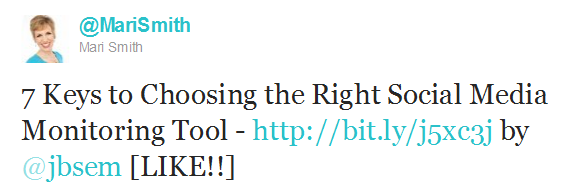 As I was perusing the intertubes today on my phone I suddenly received a flurry of notifications from my Twitter app telling me that 21 people had mentioned me (@jbsem.com). I usually don’t receive this many mentions in a week let alone all at once so I clicked to see what happened.
As I was perusing the intertubes today on my phone I suddenly received a flurry of notifications from my Twitter app telling me that 21 people had mentioned me (@jbsem.com). I usually don’t receive this many mentions in a week let alone all at once so I clicked to see what happened.
Apparently, @MariSmith, bless her heart, who’s a prolific tweeter (106,000 followers), just re-tweeted a blog post of mine (7 Keys to Choosing the Right Social Media Monitoring Tool). Another 20+ people then re-tweeted her tweet. All of a sudden a good number of people were clicking on the link to my post.
This got me to wondering how many people did this one tweet reach so I brought up my online tools and got to work. There are some robust systems out there that could have provided a complete view of clicks, reach, impressions, blog visits, etc., all in one dashboard but those cost some serious change.
So instead, I used a variety of free online tools that produce reports similar to the more sophisticated platforms; it just took a little more work and some knowhow. Here’s what I used.
Bit.ly
Bit.ly is a URL shortener that shrinks long URLs into ones that are more conducive to 140 character limits. It also has tracking capability that measures the number of times people click on the URL and where they’re coming from. Using my URL http://bit.ly/j5xc3j it showed me that 42 people clicked on a bit.ly link to get to my post; 32 of which clicked on the link I created. This means 10 people used a different bit.ly link to get to my content.
TweetReach
This is a simple tool that lets you easily gauge the reach of a tweet, link, #hashtag, phrase or keyword and shows the reach and exposure data for those tweets. I typed in my bit.ly link and it showed that my tweet as of June 6 reached 129,137 people via 18 tweets; producing 142,627 Impressions. It’s a nice quick and easy way to see how far a tweet has gone. See below.
SocialMention
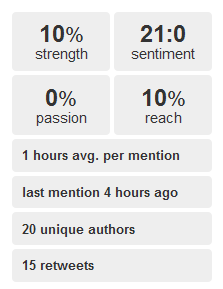 This is a free social media search and analysis platform that provides an easy way to track and measure what people are saying about you or your company across the web’s social media landscape. The tool lacks the customizable reporting capability other monitoring tools provide, however you can’t beat the price (free). This tool showed me that mentions, using my bit.ly link, had a sentiment ratio at an excellent 21 positive to 0 negative. This due to the fact @MariSmith included “LIKE!!” in her tweet. I love her. While I have serious doubts about automated sentiment analysis, it’s a quick and dirty way to see if good or bad things are being said about you. The tool also uses metrics like strength, reach and passion of the posts. You can click here to see how they define these metrics (just hover over the number and the definition will appear).
This is a free social media search and analysis platform that provides an easy way to track and measure what people are saying about you or your company across the web’s social media landscape. The tool lacks the customizable reporting capability other monitoring tools provide, however you can’t beat the price (free). This tool showed me that mentions, using my bit.ly link, had a sentiment ratio at an excellent 21 positive to 0 negative. This due to the fact @MariSmith included “LIKE!!” in her tweet. I love her. While I have serious doubts about automated sentiment analysis, it’s a quick and dirty way to see if good or bad things are being said about you. The tool also uses metrics like strength, reach and passion of the posts. You can click here to see how they define these metrics (just hover over the number and the definition will appear).
Google Analytics
I really don’t know what marketers would do without Google Analytics. It’s by far one of the best and easiest tools to use in measuring and monitoring your website and/or blog’s traffic. And its FREE. It provided me with metrics on the number of visits I received to my post, the time people spent reading my post, the number of people leaving the page without further clicks (bounce rate), percent of new visits, source of the traffic, etc. I won’t go into all the detail other than to say that this information is critical for me in determining what content is most useful and how well my content is being picked up by search engines. If you don’t have this program set up, just ask your web master and they’ll do it for you and give you access.
It was a fun day today as it’s always interesting to see the impact of your online social activities and it’s a great way to really understand the power of social platforms and the tools used to measure them.


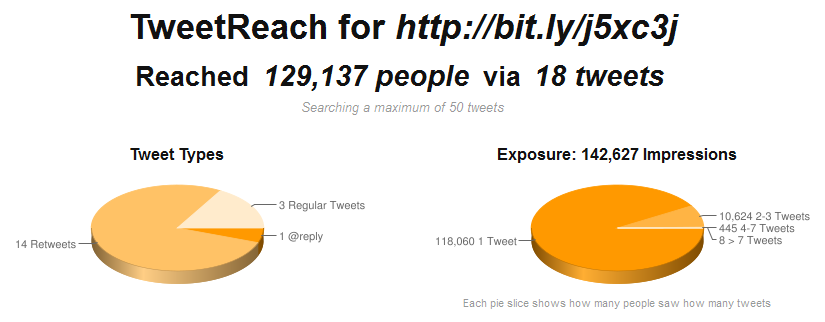

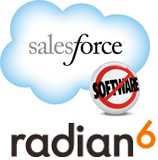
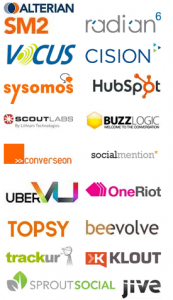
 Its amazing to see how social media has so quickly transformed the marketing world, not to mention the realm of advertising and public relations. We went from talking about how to build a Twitter account a few years ago to now expecting
Its amazing to see how social media has so quickly transformed the marketing world, not to mention the realm of advertising and public relations. We went from talking about how to build a Twitter account a few years ago to now expecting  I’ve been receiving a lot of questions regarding the best free and paid social media monitoring tools so I started to do a little research on the subject. I can’t speak to many of the paid tools out there, as I’ve only used
I’ve been receiving a lot of questions regarding the best free and paid social media monitoring tools so I started to do a little research on the subject. I can’t speak to many of the paid tools out there, as I’ve only used 